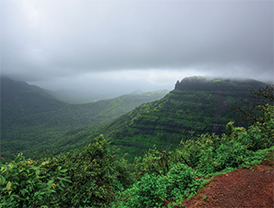
‘Sharpening’ is a part of the digital workflow that is often least understood or mis-understood. Most beginners (and some advanced workers too) tend to over-sharpen their images. But first, let us understand why we need to sharpen our images; after all, when we were using films, we did no such thing as ‘sharpening’.
The Reasons for Sharpening
1) If you remember the basics that we have been teaching through our write-ups, you know that the sensor assembly has an ‘Anti-Aliasing’ filter (also known as ‘Low-Pass’ filter) which is placed there to avoid or reduce the effect of ‘moire’. This filter, while mitigating moire, has a negative effect – it also ‘softens’ the image. Getting rid of this loss of sharpness – which happens within the camera – is also referred to as ‘Capture Sharpening’.
2) Sharpening for aesthetic/creative reasons. You may, for personal reasons, like a part of your image to be sharper than the rest of the image. For example, in a landscape, you may want to emphasise a beautiful tree by making it sharper!
3) Global sharpening. This is the overall sharpening applied to the entire image to make the image ‘punchier’.

